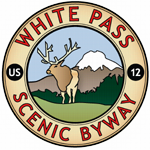Explore the Byway: Johnston Ridge Observatory & Mount St. Helens Volcanic Monument
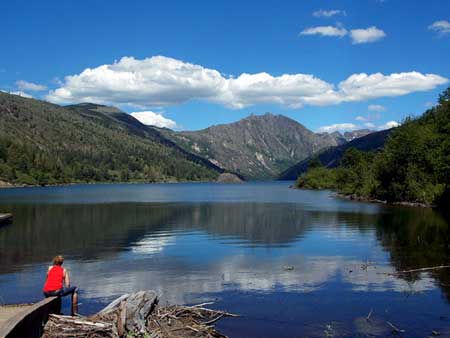
Coldwater Lake
You’ll merely scratch the surface of the Mount St. Helens National Volcanic Monument if you only have a day to visit but what a dramatic surface it is! Top off the day with a visit to the Johnston Ridge Observatory.
Before the eruption of Mount St. Helens on May 18, 1980, Highway 504 was the main route to Mount St. Helens and Spirit Lake (today it is designated as the Spirit Lake Memorial Highway). It is certainly one of the most scenic drives in the state of Washington.
Here is our suggested itinerary for a days’ visit to Mt. St. Helens along the Spirit Lake Memorial Highway:
Something to keep in mind along your journey, as you stop at viewpoints, walk interpretive trails and stop at visitor centers, take time to learn more about the recovery of the blast zone as life quietly returns. On this visit to the volcano after the eruption we marveled how alders and pearly everlasting had already established a foothold.
Plan to spend time at the Forest Learning Center; (no entry fee) managed by The Weyerhaeuser Company, the Washington State Department of Transportation (WSDOT) and the Rocky Mountain Elk Foundation. Here you will learn more about how the blast zone and surrounding region recovered with more hands-on and visual aids. The Rocky Mountain Elk Foundation provides telescopes for closer views of the valley below. Imagine how not so long ago mud and volcanic debris flowed through this quiet valley where elk can be seen grazing today.
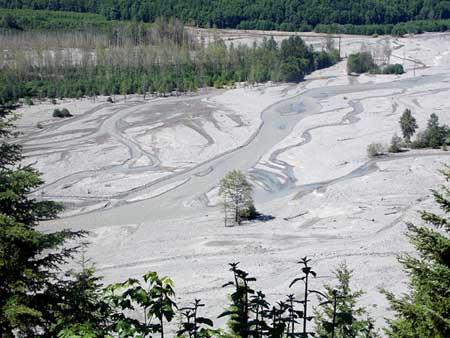
View of the ash flow plain
We also suggest a stop at the Elk Rock overlook where there are views of surrounding peaks including Mount Margaret, Coldwater Peak, Mount Adams and the pumice plain below created by the eruption.
If you are visiting on weekends, the Coldwater Science and Learning Center is open to the public Saturdays and Sundays 10-4, from November to May. During this time, it is the closest access to Mount St. Helens from the west. A pet rest area is located within the Coldwater Lake area. There are two trails near the building perfect for exploration. Adjacent to the Science and Learning Center is the accessible Winds of Change Trail, a 1/4 mile paved path leading through a part of the Blast Zone.
View from Loowit Viewpoint From the Loowit Viewpoint you can look into the crater of the mountain and walk a short stretch of the Boundary Trail with views that can only be described as awesome. Signs remind visitors to stay on designated paths and trails or face a $100-300 fine but you won’t need to leave the trail to take in views of Mount St. Helens and masses of wildflowers blooming beside the trail. From the viewpoint visitors can hike or drive 0.8 mile to the Johnson Ridge Observatory.
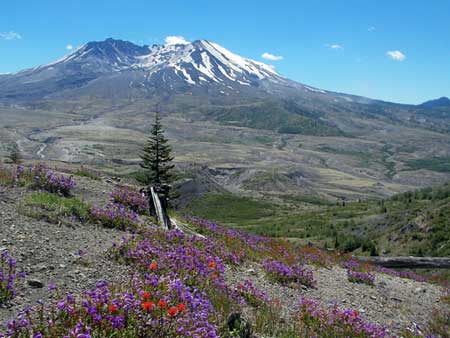
View from Loowit Viewpoint
The highway ends at a parking area and a concession stand. From there it’s only a few paces up to the Johnston Ridge Observatory named in honor of David Johnston, the geologist who made the last measurements of the mountain before he was killed during the eruption.
There is an $8 entry fee to hike the trails or view interpretive displays inside the Mount St. Helens National Volcanic National Monument (between Coldwater Lake and the Johnston Observatory). After paying the fee or using an acceptable pass, rangers will attach a pink wrist-band around your wrist so you can come and go throughout the Mount St. Helens National Volcanic Monument.
Inside the observatory we could not resist seeing how much of a blip we made on the seismograph that monitors the movements of the volcano. To measure your impact: jump onto the platform to see the resulting spike on the seismograph. You can also feel the daily vibrations of the mountain by standing on another platform. Its fun too, children will love it!
At the observatory the story of Mount St. Helens is further lavishly illustrated and explained through more interpretive signs, hands-on displays, historic photographs and ranger-given talks.
Wildflowers reclaim devastated forest areas If you only have time to hike one interpretive trail we recommend the Eruption Trail (one mile round-trip, 100 feet elevation gain) at the observatory. Expect to be wowed by close-up views of Mount St. Helens and wildflower displays. The Eruption Trail begins at the Johnston Observatory.
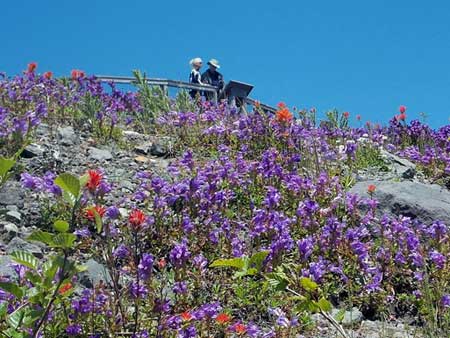
Wildflowers reclaim devastated forest areas
On your way to or from the Johnston Ridge Observatory take a side-trip to Coldwater Lake formed by an avalanche during the volcano’s eruption. The lake is just a short distance off the highway. You’ll find a parking area with paths to the lake; restroom, boat launch (electric motors only) and trails (don’t throw away that wrist-band!). You will need them as proof that you’ve paid to visit or hike the trails inside the Mount St Helens National Volcanic Monument. There are also hiking trails around Coldwater Lake and access into the Lake Margaret Backcountry (an advance permit is required to camp; see additional information).
Coldwater Lake provides a tranquil ending to a long and scenic experience through a landscape that must be seen to believe.
Additional information
- Use Green Trails Maps No. 332 (Spirit Lake), Green Trails No. 364 (Mount St. Helens) and Green Trails No. 364S (Mount Saint Helens Northwest).
- Mount St. Helens National Volcanic Monument website
- Johnston Ridge Observatory: 360-274-2140
- Mount St. Helens Learning and Science Center at Coldwater website
- Mount St. Helens Visitor Center at Silver Lake website
- Johnston Ridge Observatory website
Hiking trails
- The Lakes Trail (Coldwater Lake) is six miles round-trip, elevation gain 500 feet.
- The Eruption Trail at the Johnston Ridge Observatory is one mile round-trip with 100 feet of elevation gain.
- Camping at Mount Margaret Backcountry from Coldwater Lake: Permits are by advance registration only. For additional information visit the website
By Karen Sykes for the White Pass Scenic Byway
